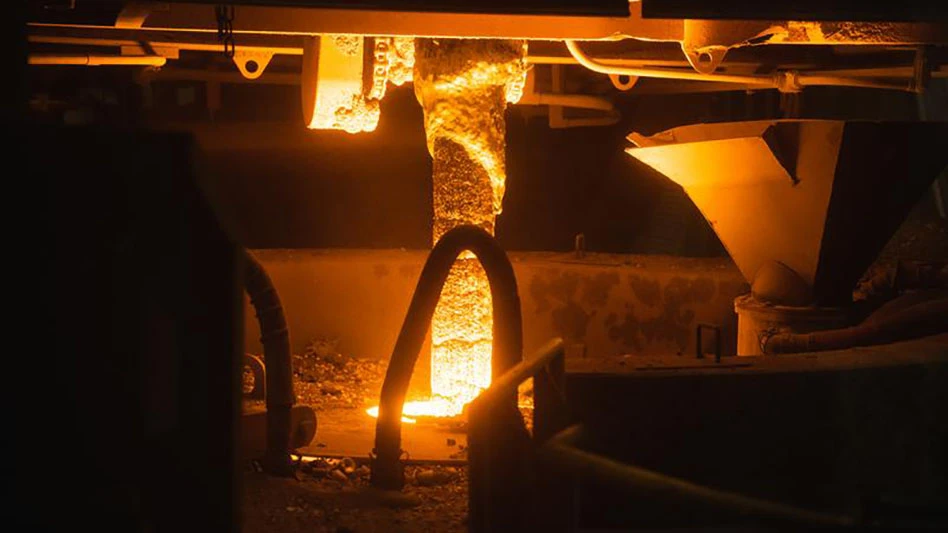
Photo by Martin Meissner and courtesy of AP
Although domestic mill buyers in the United States refused to bid more for ferrous scrap in early August or throughout July, the United States ferrous scrap market has shown a slight rebound at East Coast export yards.
Scrap pricing tracked by Davis Index showed a price rebound on the Atlantic Coast beginning to emerge in July. Of the five Davis Index prices published by Recycling Today for its monthly ferrous market update, the only one that rose in July was for bulk export shipments from New York.
The July average for bulk mixed No. 1 and No. 2 heavy melting steel (HMS) cargoes purchased in New York rose by 1.6 percent in July compared with June. This modest increase was largely spurred by Indian buyers, traders and recyclers say.
After few cargoes were sold from the U.S. to Turkey in July, as August began, many Turkish buyers realized they had “stayed out of the buying arena for far too long, so they need to buy,” one recycler says.
Turkey’s economic and geopolitical circumstances could have dictated that mill buyers look at places other than the U.S. for scrap (including Russia), but alternative markets may simply not have been suitable.
In Europe, a lengthy vacation season and rising truck fuel costs have combined to reduce volumes across the scale in July and August.
Another potential problem in Europe has been emerging in media reports about shipping conditions on the continent. Aug. 8, Greece-based Hellenic Shipping News, regarding conditions in Germany, reports, “Weeks of baking temperatures and scant rainfall this summer have drained the water levels of the Rhine, the country’s commercial artery, causing delays to shipping and pushing freight costs up more than five-fold.”
The shipping publication offers an example pertaining to iron ore that can be just as applicable to ferrous scrap. “Barges like the Servia, a 135-meter (148 yards) vessel carrying iron ore from the port of Rotterdam to German steelmaker Thyssenkrupp’s plant in Duisburg, can only load 30 percent to 40 percent of its capacity or risk running aground,” according to the publication.
It is a circumstance that will make shipping scrap to export terminals in northern Europe increasingly cost-ineffective. With scrap supply choked off in Europe, mill buyers in Turkey and several other nations who may—all things being equal—prefer European scrap may for the time being find themselves scrambling to source scrap from North America.
As of Aug. 11, Davis Index reports a rise in prices for container shipments of HMS and plate and structural (P&S) scrap off the East Coast. “The weekly New York containerized Davis Indexes reversed the slight losses from last week with firm gains as HMS 1&2 increased by $14 per metric ton [and] P&S five-foot climbed by $16 per metric ton.”
Price gains for the same grades were not as noticeable on the Pacific Coast, says the information service, with prices at Los Angeles and San Francisco container export yards rising by only $3 or $4 per metric ton.
Latest from Recycling Today
- AF&PA releases 2023 paper recycling rate, unveils new methodology
- ARA names new president
- Aurubis invests in Lünen, Germany, site
- ILA, USMX negotiations break down
- Van Dyk hires plastics industry vet to expand footprint in PRF sector
- Li-Cycle closes $475M loan with DOE
- Report highlights consumer knowledge gaps in lithium battery recycling
- AMP names CEO





